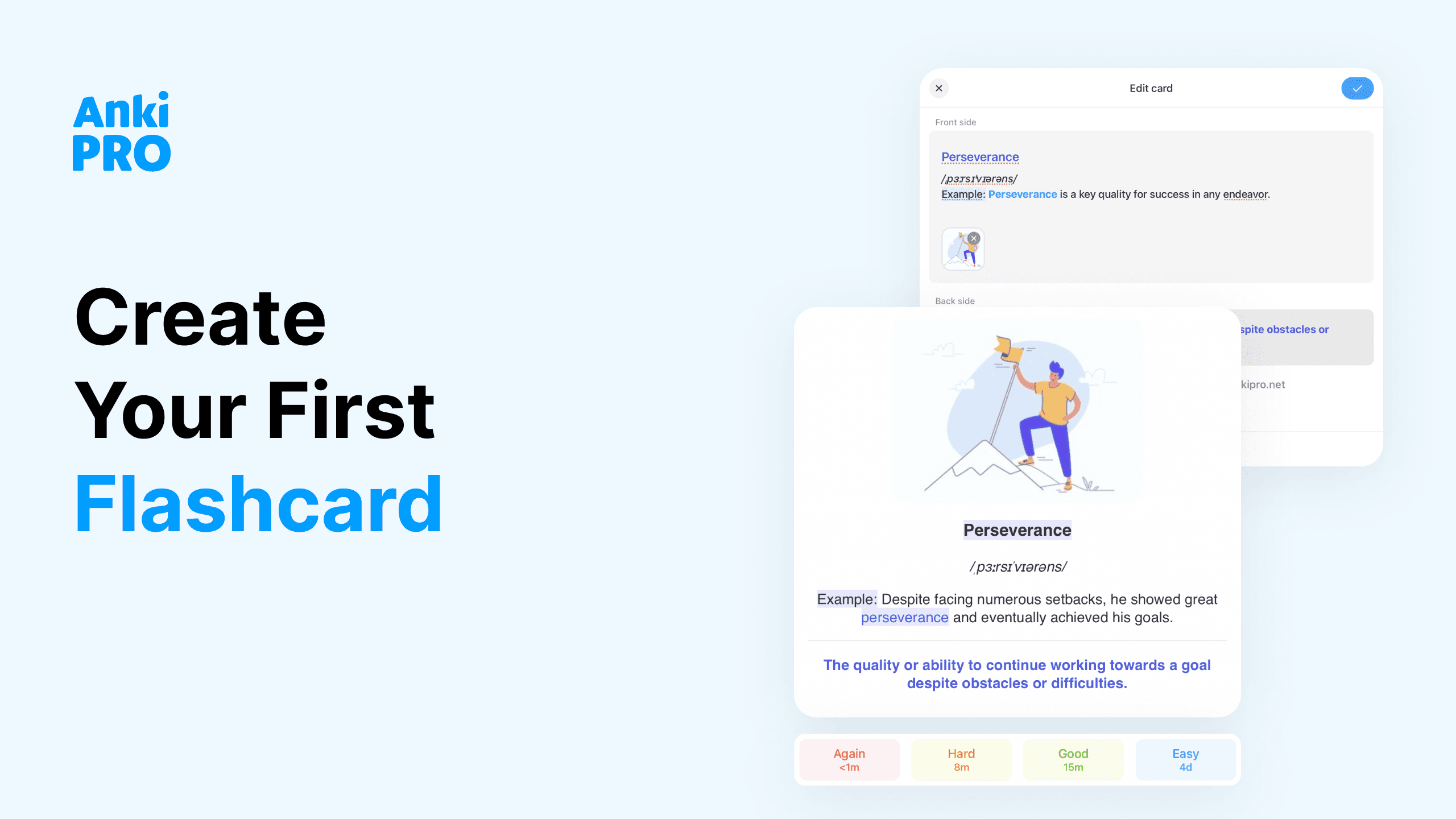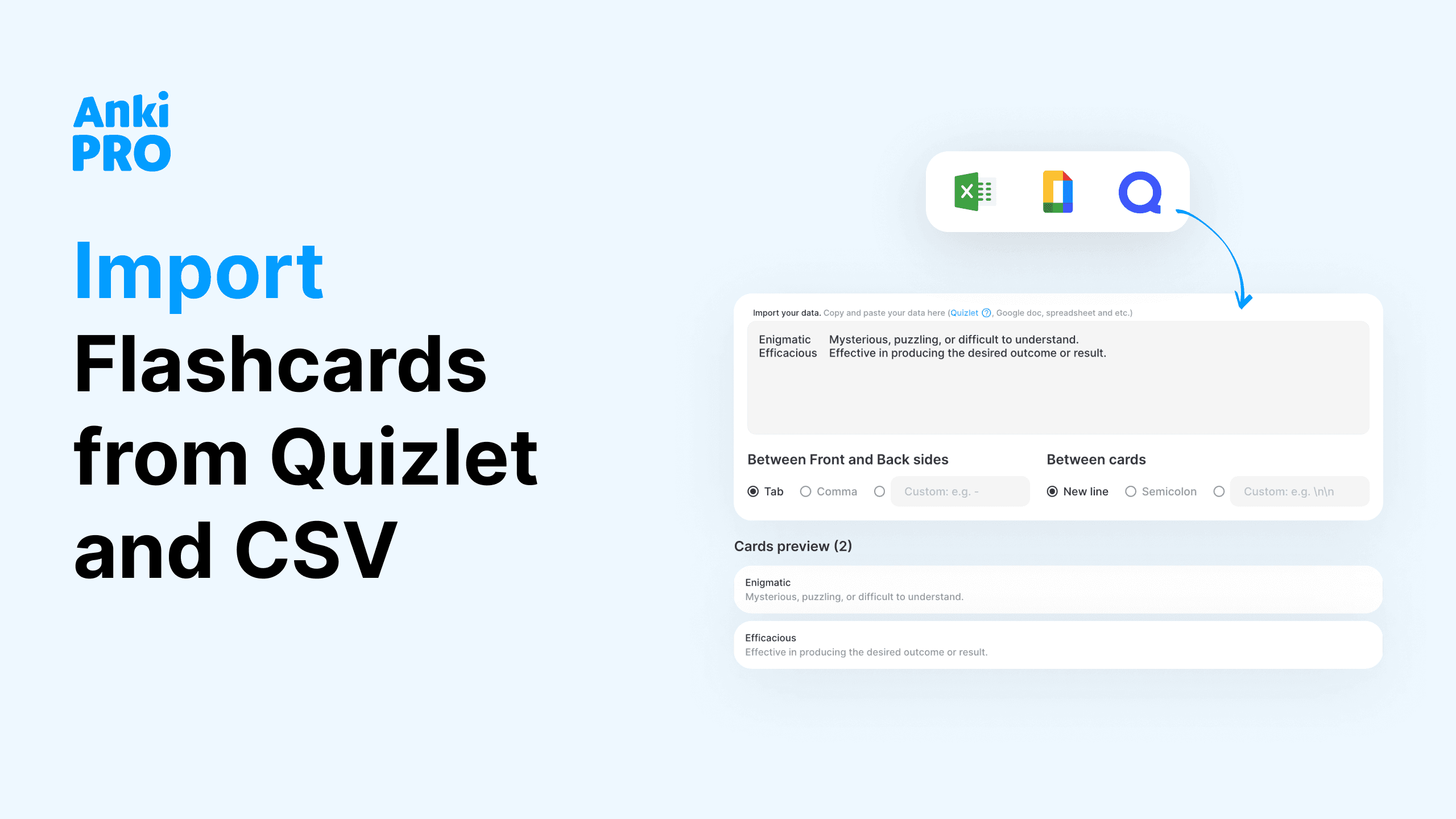Don’t Repeat History’s Mistakes: How to Pass AP World History
The AP World History exam can be overwhelming, even for those who genuinely love history and spend countless nights immersed in historical books. Remembering the dates of reigns, battles, and causes of revolutions is challenging even for professional historians. But if you’re ready to try passing the exam, here are some tips to help you.
What Is AP World History Practise Test
The AP World History Practise Test is a test needed for entering a lot of humanitarian majors in US colleges. It includes a wide range of global historical events, themes, and processes from approximately 1200 CE to the present, emphasizing critical thinking and analysis over rote memorization of facts.
Many U.S. colleges and universities offer college credit or advanced placement to students who pass the exam, usually with a score of 3 or higher (of course, places are limited so you better get the highest 5). This can save on tuition and allow students to skip introductory college courses. The AP program is recognized globally, so passing the exam can give international students a credential understood by U.S. colleges, especially if they apply for scholarships or placement.

What Is It About?
The AP World History Practice Test focuses on major developments and events from 1200 CE to the present — basically, all the history of humanity. Periods are organized by units:
- Unit 1. The Global Tapestry (c. 1200 – c. 1450)
- Unit 2. Networks of Exchange (c. 1200 – c. 1450)
- Unit 3. Land-Based Empires (c. 1450 – c. 1750)
- Unit 4. Transoceanic Interconnections (c. 1450 – c. 1750)
- Unit 5. Revolutions (c. 1750 – c. 1900)
- Unit 6. Consequences of Industrialization (c. 1750 – c. 1900)
- Unit 7. Global Conflict (c. 1900 – present)
- Unit 8. Cold War and Decolonization (c. 1900 – present)
- Unit 9. Globalization (c. 1900 – present)
Because of this enormous amount of information, it is considered one of the hardest AP exams.
Topics include interaction between societies, technology and innovation, state-building and conflict, economic systems, social structures, and cultural developments.
Exam Structure:
- Multiple-Choice Section: Questions on historical themes, comparisons, and causation using primary and secondary source materials.
- Short-Answer Section: Short responses to prompts, often based on documents, maps, or images.
- Document-Based Question (DBQ): An essay that requires analyzing a set of historical documents and integrating them into an argument.
- Long Essay Question (LEQ): An essay that asks students to choose one of several prompts and analyze a specific historical issue.
How long is it: 3 hours long (60-minute first multiple-choice section and a 120-minute 3 free-response section.
The exam is scored on a scale of 1 to 5, with 5 being the highest.

How Much Time Do You Need to Prepare for the AP World History Practise Test?
It depends on you, your background, and your study situation. Those who are still at school usually prepare for a whole school year by taking a course at school.
But it is possible to prepare faster even if you are studying alone. The recommended time for preparation is 3-4 months.
How to Study for World History AP Test
Let’s discuss more practical tips.
Find out Your Level
Passing the AP World History Practice Test is very different for someone who has always loved history (spending nights reading about Ancient Rome and World War II battles) compared to someone who dislikes history and barely knows who Alexander the Great was. Who are you in this line? Supposedly you know your approximate level of love for history and how well you know it. Now take a test to define your AP exam level: you can find exam
The College Board provides free AP World History Practice Test questions and sample responses on its website, including multiple-choice questions, sample document-based questions, long essay questions, and scoring guidelines. Simulate exam conditions, set a timer, and make assignments. Then check yourself using the guidelines. You will know your approximate score and strong and weak areas.
Alone or With a Group?
This step fully depends on your situation. If you are taking a course at school, will it be enough for you? Do you want to organize your classmates into a study group? Are you not studying at the moment and will prepare alone? Or do you want to enroll in a preparatory course? Think carefully about your situation, free time, and study style you are most comfortable with.

Create a Study Plan
How to study for World History AP Test? It is especially important for those who study without additional tutoring, but in other cases, you will need a plan as well. Make sure you have time for studying theory and practice test assignments. Set aside time for studying each of the historical periods. Last month or a couple of weeks (depending on your possibilities), devote yourself to reinforcing everything you’ve learned and take full-length practice tests.
Gather High-Quality Study Materials
There are a lot of materials for the exam preparation but the quality of it is different. Make sure you use official or really trusted sources.
- Books: AP World History Barron’s, Princeton Review, AMSCO AP World History books
- Online Resources: Khan Academy, Fiveable
- Youtube: Heimler’s History, Anti-Social Studies
- Practice Tests: official AP practice exams are available on the College Board website.
Analyze the Grading System of the AP World History Exam
If you haven’t reviewed an AP World History Practice Test grading rubric before the test, you’re not fully prepared. Knowing the rubric thoroughly helps you hit every point the grader looks for.
For the DBQ (document-based questions), the rubric uses a four-point scale:
- Thesis/Claim: Strength of your thesis statement.
- Contextualization: Your ability to set a relevant historical context.
- Evidence: Effective use and analysis of provided documents.
- Analysis and Reasoning: The overall strength of your argument.
Most DBQ rubrics follow a 0-3 scale for meeting these criteria.
Study by Periods
This is a loong step. Understand what defines each period, what stays the same as time moves forward, and what changes, along with the reasons behind those changes. This skill is essential for acing essays, as it allows you to describe trends with depth and clarity. If you don’t understand some connections between events, take a look at other resources or ask your teacher for help.
For each period, draw a vertical timeline. Start with the beginning year at the top, mark a significant midpoint (or turning point), and finish with the end year. Then, list the trends associated with each segment. This approach will help you see how events connect and develop over time.

Work in a Study Group
Building a solid memory of key dates, events, figures, and other essentials is crucial for passing in the AP World History multiple-choice section. A great way to additionally train your memory is by forming a study group with classmates and meeting weekly or bi-weekly. Plan which topics you’ll cover before each session and stick to the schedule. Make presentations or discuss movies on historical topics to add some interactivity. Hopefully, you all love world history and will make it possible to combine business with pleasure (but don’t turn it into a party otherwise you can forget about the business part!).
Be Careful With Multiple Choice Questions
In the AP World History Practice Test, many questions rely more on critical thinking than specific historical knowledge. Pay close attention to details, as the difference between correct and incorrect answers often comes down to just a word or two. Watch out for “none of the above” or “all of the above” options — remember that every part of these must be accurate or inaccurate. Especially in AP World History Unit 1 practice test and AP World History Unit 2 practice test — answers can be easily confused.
Review all answer choices before answering. Don’t settle for the first “correct” answer; instead, look for the “bulletproof” choice — the one that holds up under repeated testing and scrutiny. Keep this approach in mind and reevaluate as needed.

Use SOAPSTONEe to Analyze Documents
When you come across tasks where you need to analyze documents or other materials, use SOAPSTONE tool.
- S – Speaker: Who created the document?
- O – Occasion: When and where was it created?
- A – Audience: Who was the intended audience?
- P – Purpose: Why was it created?
- S — Subject: What is it about?
- Tone – Tone: What is the creator’s attitude?
Using SOAPSTONE helps to formulate the document’s purpose and underlying motives, making it easier to engage with the content. For creative documents like literature, songs, editorials, or advertisements, consider why it was made and who it targeted. What does this work reveal about the time it was created?

How to Use Flashcards in Your Preparation for the AP World History Exam
Flashcards will help you to accommodate all the needed historical information by encouraging active recall which strengthens memory and improves retention. For the AP World History Practice Test, you will need to learn a lot of dates and facts so flashcards are an unbeatable tool in memorization. Study for at least 10 minutes every day to memorize all data effectively.
You can either create your flashcards (digital or analog) or use pre-made ones. If you want to read about how to create flashcards on your own, read this article.
What are the pre-made decks you can use?
- AP World History Original Ultimate Set from Quizlet
As said in the title, it is an ultimate set — the deck consists of a lot of information and almost 3000 cards with facts from all historical periods needed during the exam. Great way to review your knowledge including AP World History Unit 2 practice test.
Explore the deck: AP World History Original Ultimate Set from Quizlet
- World History Timeline from ncert
Deck only with dates you need to memorize to pass the exam. It starts with AP World History Unit 1 practice test dates and that goes to the other historical periods. Very comfortable to study dates in this format, just devote 10-15 minutes daily.
Explore the deck: World History Timeline from ncert
So that is a brief overview of how to study for World History AP test. But these tips can give you a good starting point. Good luck with your preparations!








